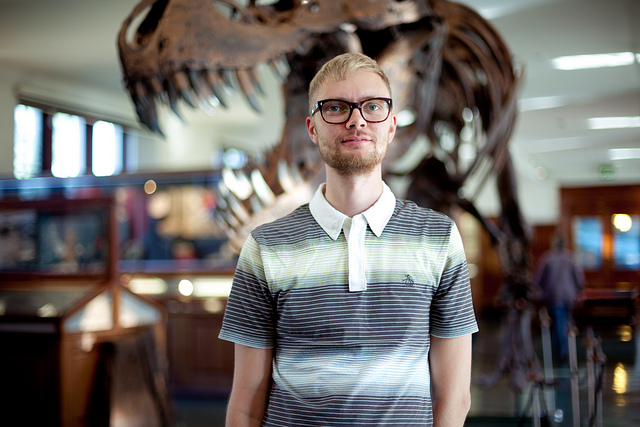Geospire
Einar Sneve Martinussen | 3. July 2012
Last year we designed and built an interactive exhibition called Geospire for the Oslo Geological Museum. Geospire was developed in collaboration with the Oslo Natural History Museum and Intermedia at the University of Oslo. The exhibition is aimed at schoolchildren and is about typical rocks and landscapes in Oslo.Activities, objects and films
The Geological Museum is filled with wonderful objects and their collection consists of over 2 million fossils, rock specimens, models and minerals. However, visitors are not allowed to touch any of these as displayed items typically are kept behind glass.
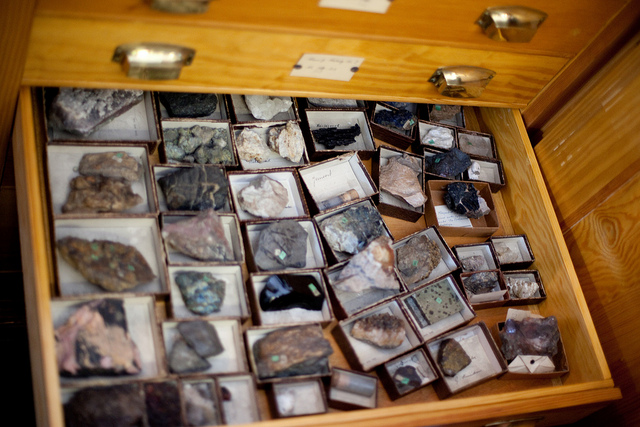
Our brief for the Geospire exhibition was to create educational activities for groups of schoolchildren and we wanted to make an exhibition where kids could learn about geology through touching, studying and discussing physical objects such as landscape models and rock specimens.
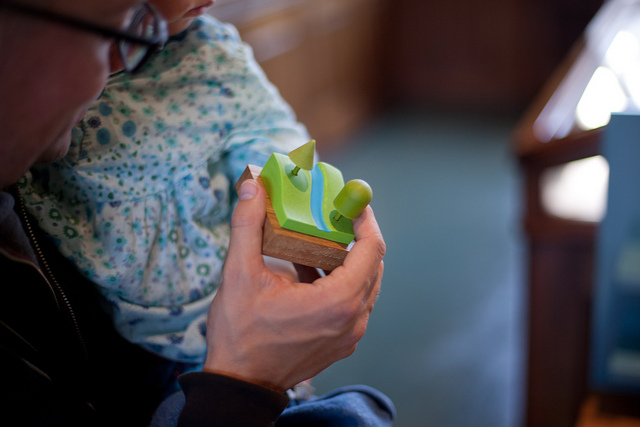
We designed a series of objects and work tables where groups of pupils can play a game where they solve tasks by studying models and rocks and placing the correct one in a bowl embedded in the table. A typical task would be to look at an image of a landscape-form on the screen and recognizing it as a fjord or a hill, and then finding the object with the right shape for this form of landscape.
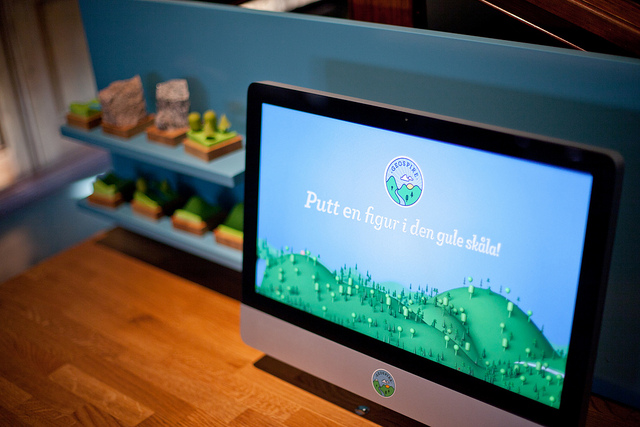
After a task is solved the kids are shown a short film about the landscape or rock in question. Together with the geologist and educator Anne Birkeland we made 8 short films about fjords, hills, slopes, granite, forests, rivers etc. The films take place in the field and Anne shows and explains how for example fjords are created and how they take place in Oslo. The idea here was to bring glimpses of the geologist's fieldwork back into the museum.
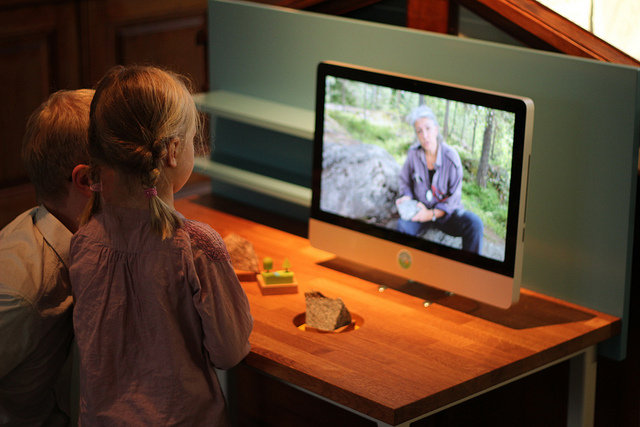
School-classes are usually shown around the museum as one big group that listens to a guide or teacher. We wanted to allow everyone to participate in focused activities where they could discuss and collaborate in small groups. To solve this we made five identical work tables with the same objects and the same tasks. In the future it might be fruitful to extend or change the exhibition to cover other themes or age-groups. This could be done easily by simply changing the objects and the content, allowing the tables to work as generic platforms for media in the museum.
Form and materials
The Oslo Geological Museum is a fantastic building from the 1910s and the interior have changed very little since then. High ceiling, large windows, beautiful backlit glass cabinets and dark wood everywhere. The ground floor is dominated by a Tyrannosaurus Rex and the Geospire exhibition is set up just behind its impressive tail. For the new exhibition to find its place within these surroundings we have worked carefully with materials, colour and detailing.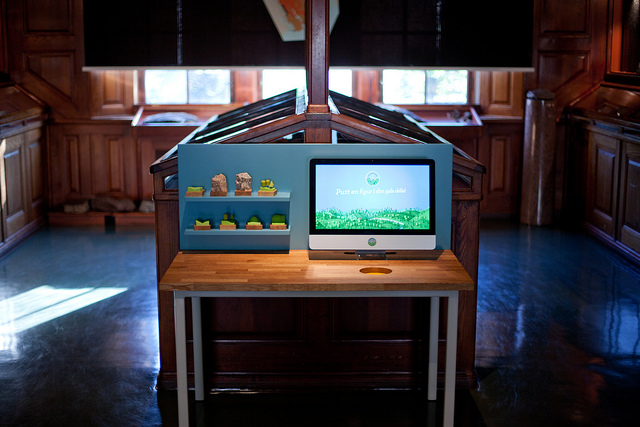
The furniture are simple and robust. The tablestops are made out of durable oiled oak, while the shelves at the back are in a clear, soft blue that stands out against the wooden cabinets from the 1910s. The stations are fitted with iMacs and the screens display sharp, crisp animations, beautiful 3d renderings of landscape models and films. The interface sounds are lovely little vibraphone melodies created and played by Todd Terje.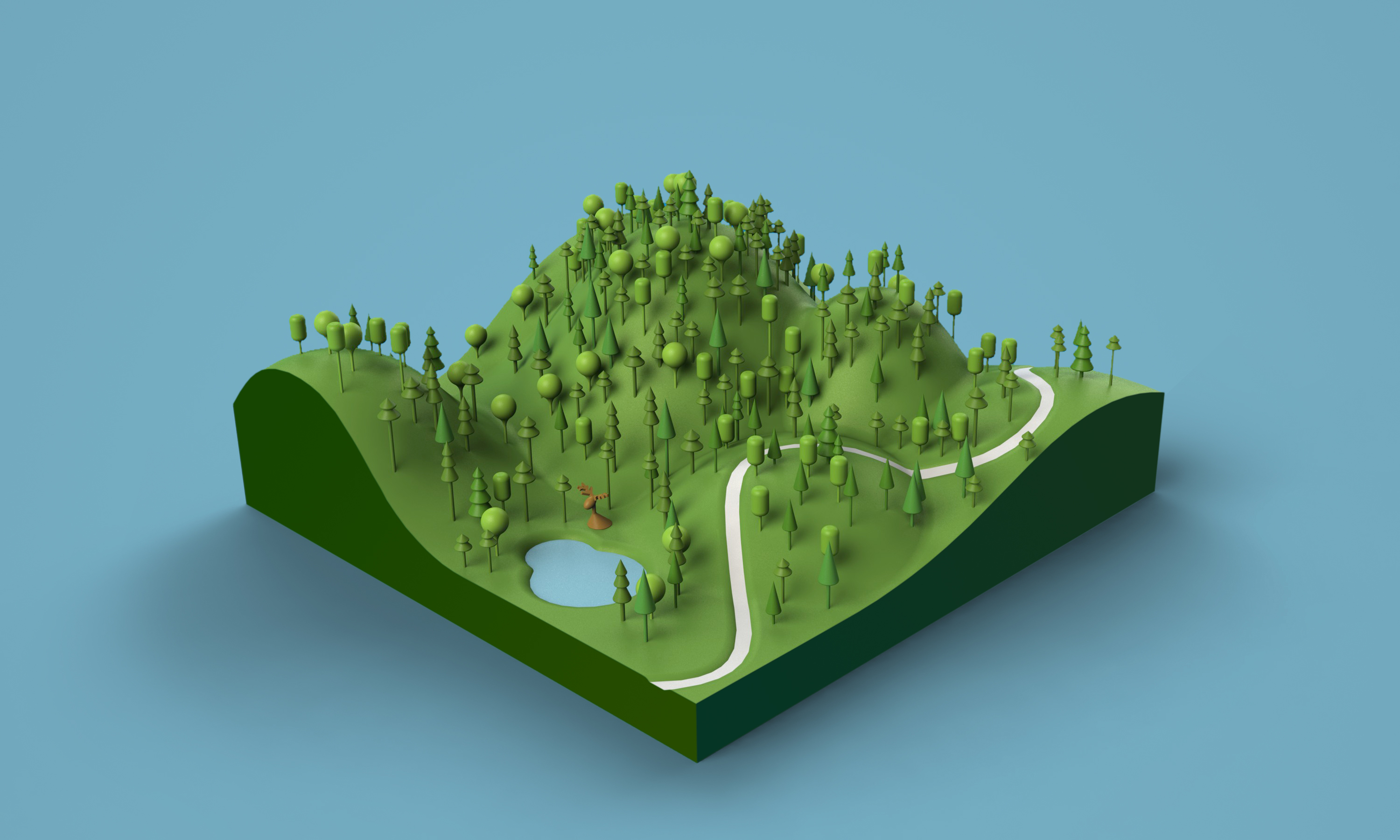
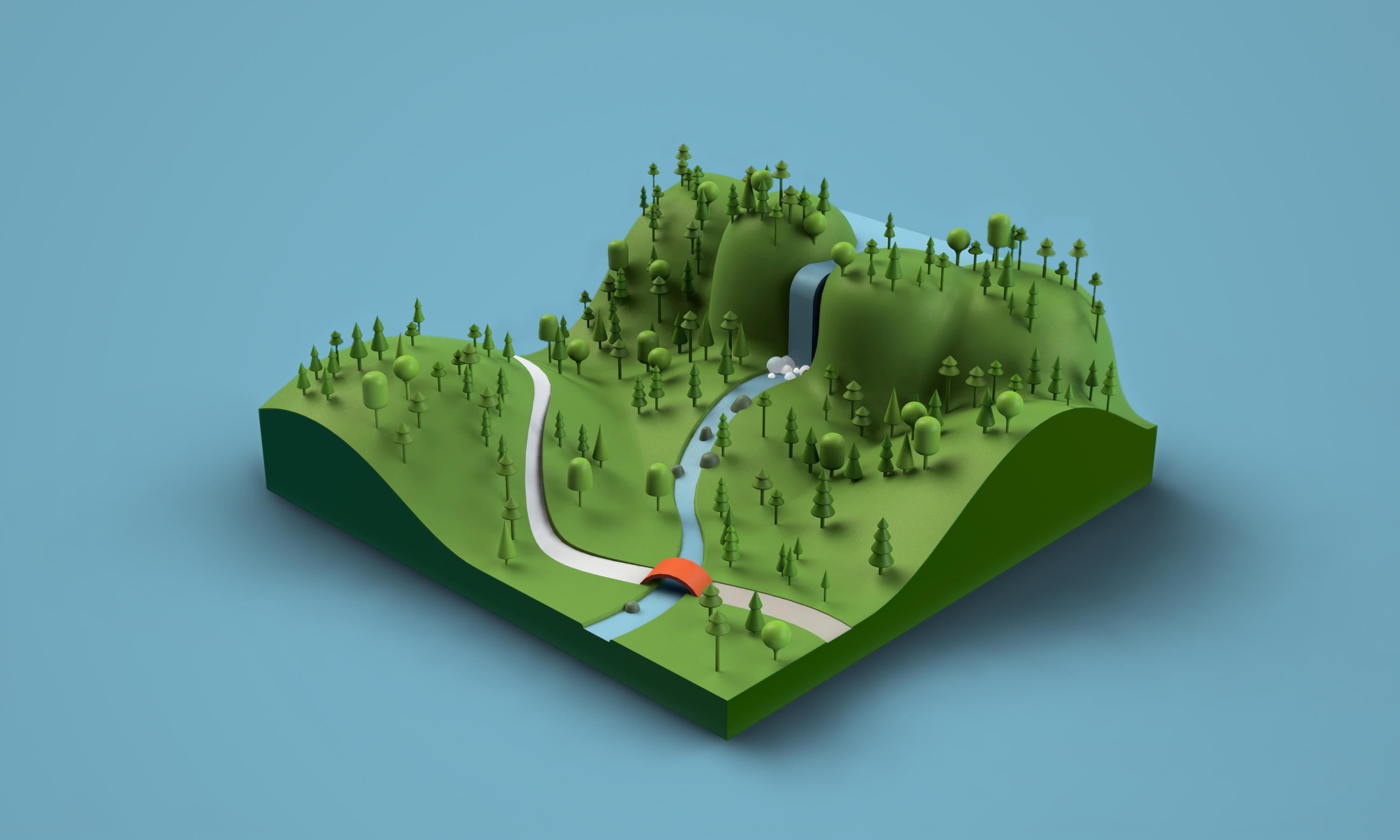
We wanted the landscape models to be characterful and inviting objects that acted as playful icons for the exhibition. We commissioned Lars Marcus Vedeler and Theo Tveterås from to design and make both the physical landscape objects and the 3d renderings used on the screens. The models are moulded in tough plastic and mounted on a base of oak.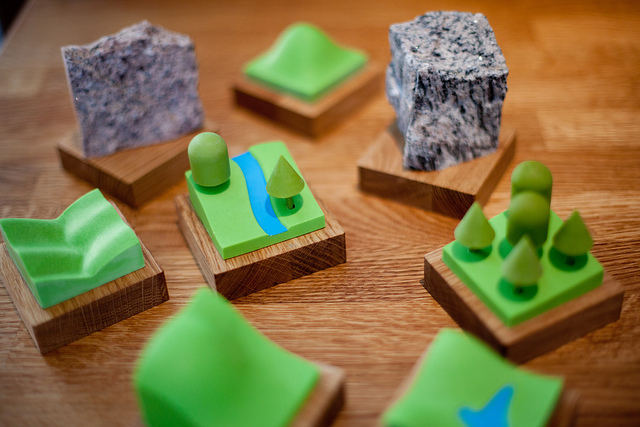
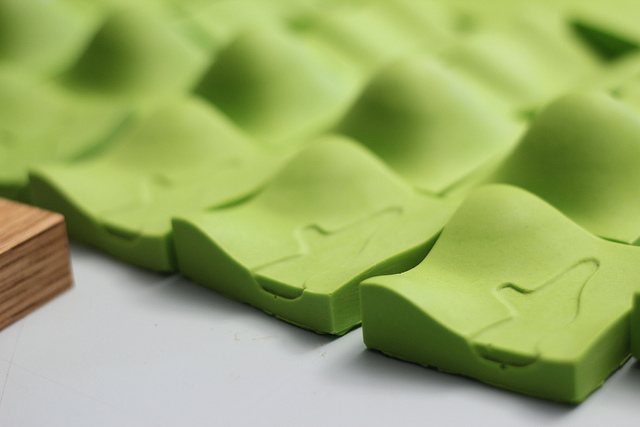
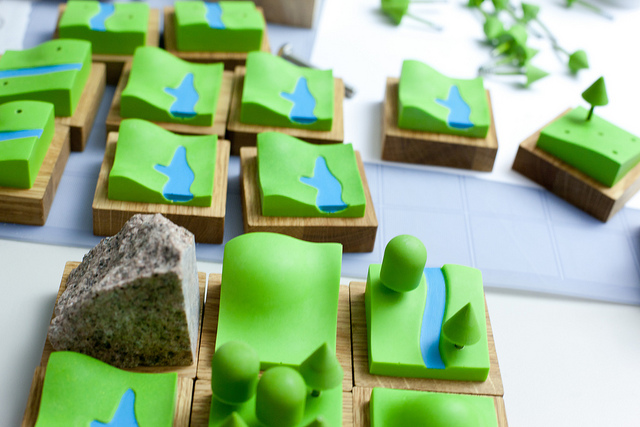
Technicalities
Our brief for the Geospire exhibition was to based it around our object-driven media player Skål. We designed and developed Skål in 2007 as a part of the research-project Touch where we explored interactions with RFID technologies. Skål is a wooden bowl that reads RFID tags embedded in objects. When an object is placed in the bowl, a connected media-clip is played on a TV.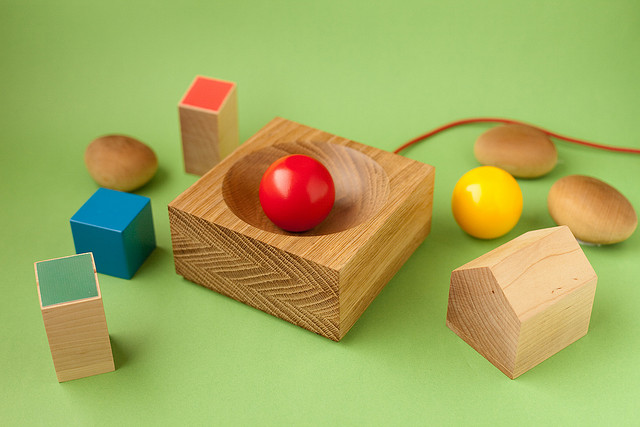
The technical platform from Skål was developed further for Geospire as a robust RFID solution for museum exhibitions. We are surprised at, and a little proud of, how stabile and efficient our platform have turned out to be. Since the exhibition opened in September 2011 it have had thousands of visitors, but neither failed nor needed maintenance at any point. This shows that well developed RFID systems can be incredibly resilient and withstand a lot of use and wear, especially when combined with oak and industrial plastics. But more importantly, we hope Geospire shows that interactive museum installations can benefit from a careful focus on materials and design rather than on technological spectacle.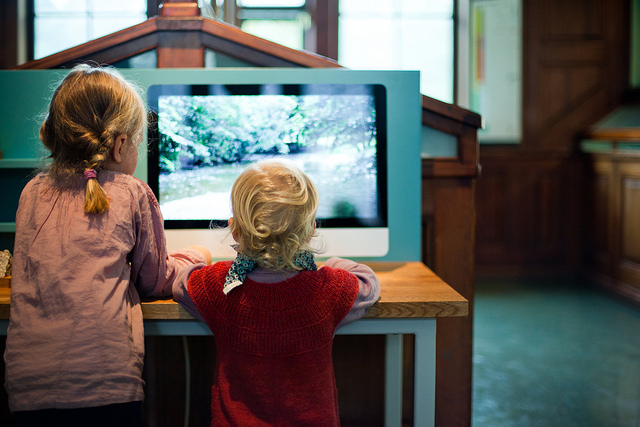
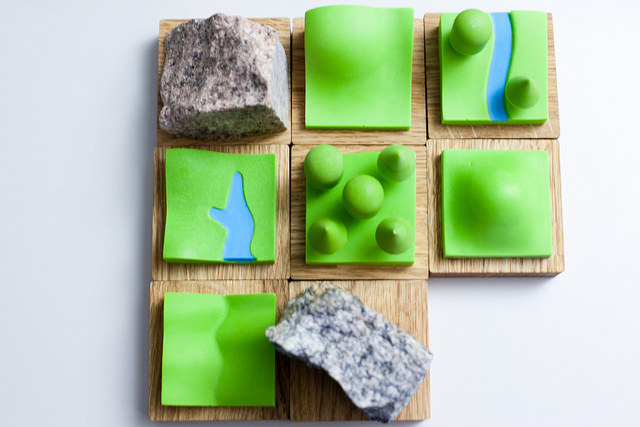
Finally, we really wish more of our work was surrounded by geologists, meteorites and dinosaurs.